Learning By the Ton
#bfrdpwy #aginternship #RightRisk
It’s haying season in northern Wyoming and I have learned a ton! Haying has many essential parts that all need to be perfectly timed and calculated. Some may look at a field and think the task is simple but actually there’s lots of thought behind the process. First off, the hay has to be at the right growth stage. It must be mature enough that the alfalfa has bloomed but not too old to where its leaves have fallen off. This forage is what keeps the livestock alive all winter and into spring. Quality of the hay is crucial and something that is closely watched. Moisture also plays a big part in haying. The bales must read 18 ppm of moisture. This makes the bales the perfect consistency and weight.
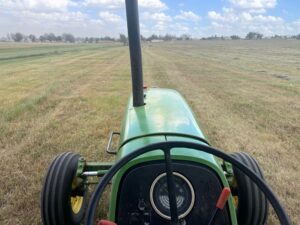
Once you have determined that you need to cut a field you use a swather. The swather is a big machine that is very adaptable to terrain. The most crucial part is lining up your header perfectly to the last row. You don’t want to miss any but also want to maximize each pass. The swather is not complicated to run and is similar to a regular tractor. The head moves up and down and the sickle bar is what actually cuts the grass. I became very familiar with the parts in the header because we changed the auger oil in both swathers.
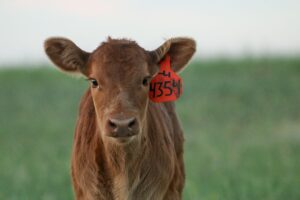
I would not consider myself a mechanic but this week I came close. Changing the auger oil is not complicated but takes a considerable amount of time. Once you drain the old oil and replace the bolt you can start filling the oil reservoir with new oil. Here’s what takes a considerable amount of time because the oil is not thin. The consistency of the oil and the valve make putting in the oil a task because it will only go down so fast.
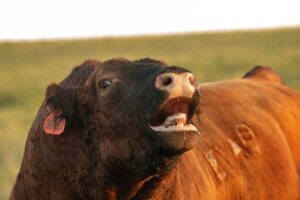
After you get hay knocked down in a field you must rake and bale the hay. Raking is the easiest part of the whole process and anyone can do it. Honestly, the hardest part is assembling the raking and backing up the tractor. The raking tractor has been around for a while and is a manual. The other tractors I have operated were automatic. This was a learning experience because now the clutch, gears, and power add another challenge. The baler follows close to the rake because after the rows get raked they are light and easily carried off by the wind.
The tractor with the bale cart is a whole different process and actually requires more attention to detail. The tractors monitor details of the hay going into the baler and it’s crucial that you keep both sides even. When the bale gets to 65.5 inches in diameter you must stop the tractor and let the baler wrap the bale in net wrap. This takes a couple of seconds and then you can continue on the row. I ran the rake most days and it was interesting to see the baler work and how all the pieces fit together.

Well I enjoyed haying, I really appreciated watering the replacement heifers every morning. They were moved into a trap that has no water which means we have to take them water every morning. The replacement heifers were synchronized and then bulls were added to the pasture. It’s amazing to watch them come into heat and how they act. Heat detection is crucial in a cattle operation. The heifers are very friendly and enjoy the excitement of the water truck every morning.
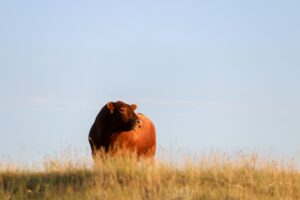
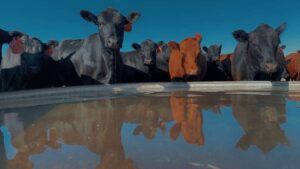
Submitted by: Maggie McStay
Edits by: GrowinG Internship Team

